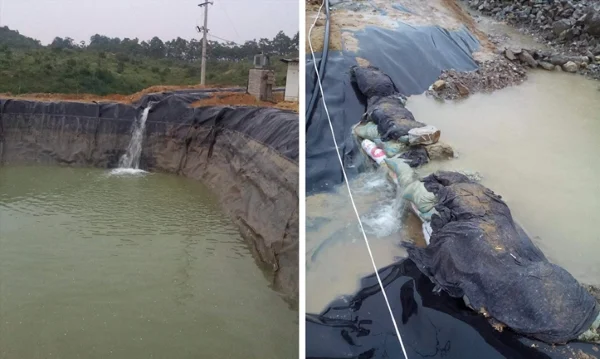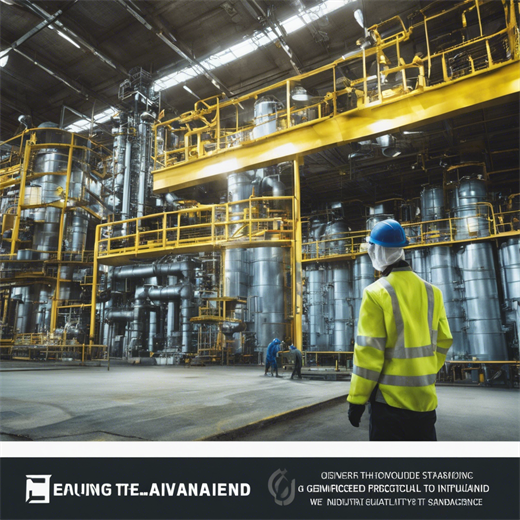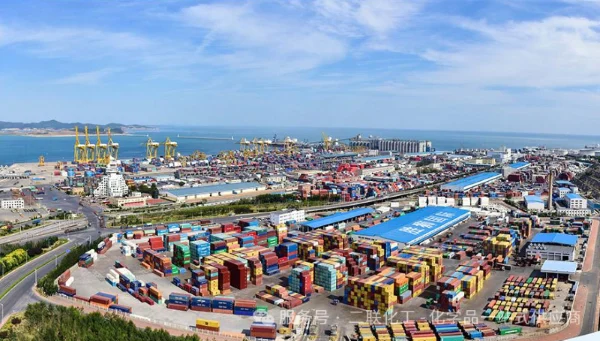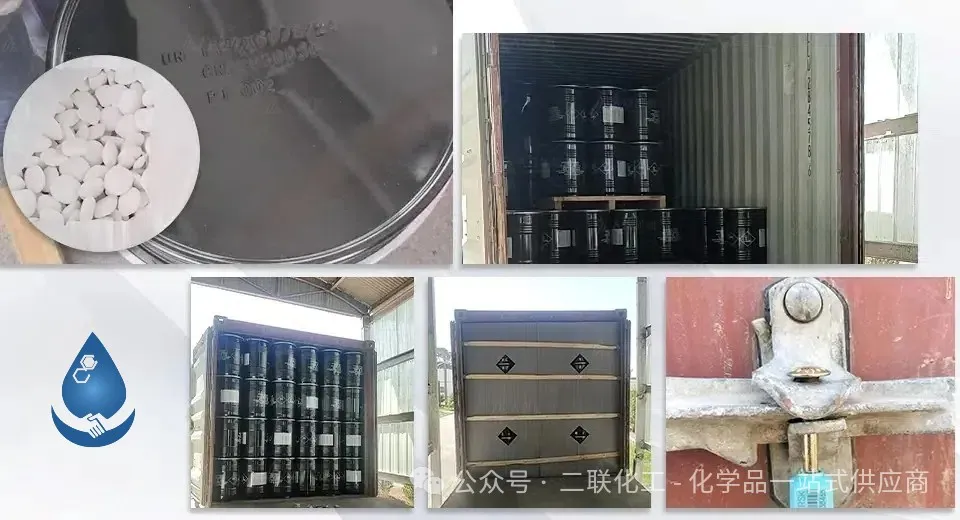
In the gold mining industry, the International Cyanide Management Code has established a series of crucial acceptance standards regarding Cyanide management. These standards are of great significance for environmental protection and the well - being of wildlife.
1. Measures for High Cyanide Concentration in Reservoirs and Tailings Ponds
If the concentration of Weak acid soluble cyanide in the water of reservoirs and Tailings ponds exceeds 50 mg/l, Gold mines are obliged to take measures to prevent wildlife or livestock from approaching the water surface. Such measures may include setting up fences around reservoirs and tailings ponds, filling the water - logged areas with rubble, or covering them with nets.
2. Data Requirements for Cyanide Concentration
Gold mines should possess sufficient data to demonstrate that the concentration of weak acid soluble cyanide in their tailings ponds, heap leaching facilities, and solution ponds does not exceed 50 mg/L. This data is essential for ensuring the proper management of cyanide - containing liquids.
3. Prevention of Wildlife Mortality
Gold mines need to prove that when the concentration of weak acid soluble cyanide in open water is no greater than 50 mg/L, it can prevent the mass death of wildlife. This is an important aspect of maintaining ecological balance in the mining area.
4. Direct Discharge Standards
If a gold mine directly discharges wastewater into surface water, the concentration of weak acid soluble cyanide must not be greater than 0.5 mg/L. Additionally, the storage sites must be managed to prevent leakage, ensuring that the concentration of cyanide (weak acid decomposable cyanide) in the groundwater at and downstream of the site does not exceed the local groundwater environmental quality standards.
5. Mixed Zone Regulations for River Discharge
When discharging sewage into rivers, with the permission of regulatory authorities, a mixed zone of a certain length can be set up. However, the free cyanide concentration in the water downstream of the mixed zone must not be greater than 0.022 mg/L. Moreover, the gold mine is required to explain its measurement process.
6. Indirect Discharge Standards
For gold mines with indirect drainage, the free cyanide concentration in the water downstream of the mixed zone must not be greater than 0.022 mg/L.
These standards set by the International Cyanide Management Association play a vital role in regulating the gold mining industry's cyanide management, aiming to minimize the negative impacts on the environment and wildlife.
- Random Content
- Hot content
- Hot review content
- Flexible Customer and Supplier Relations Specialist (Location: Nigeria)
- Expanded AN explosive
- Acetone
- Potassium borohydride
- Featured Poducts Sodium Cyanide
- Toluene
- Food Grade Ammonium Sulphate
- 1Discounted Sodium Cyanide (CAS: 143-33-9) for Mining - High Quality & Competitive Pricing
- 2China's New Regulations on Sodium Cyanide Exports and Guidance for International Buyers
- 3Sodium Cyanide 98% CAS 143-33-9 gold dressing agent Essential for Mining and Chemical Industries
- 4International Cyanide(Sodium cyanide) Management Code - Gold Mine Acceptance Standards
- 5China factory Sulfuric Acid 98%
- 6Anhydrous Oxalic acid 99.6% Industrial Grade
- 7Oxalic acid for mining 99.6%
- 1Sodium Cyanide 98% CAS 143-33-9 gold dressing agent Essential for Mining and Chemical Industries
- 2High Quality 99% Purity of Cyanuric chloride ISO 9001:2005 REACH Verified Producer
- 3Zinc chloride ZnCl2 for High Molecular Weight Polymers Initiator
- 4High Purity · Stable Performance · Higher Recovery — sodium cyanide for modern gold leaching
- 5High Quality Sodium Ferrocyanide / Sodium Hexacyanoferr
- 6Gold Ore Dressing Agent Safe Gold Extracting Agent Replace Sodium Cyanide
- 7Sodium Cyanide 98%+ CAS 143-33-9







Online message consultation
Add comment: